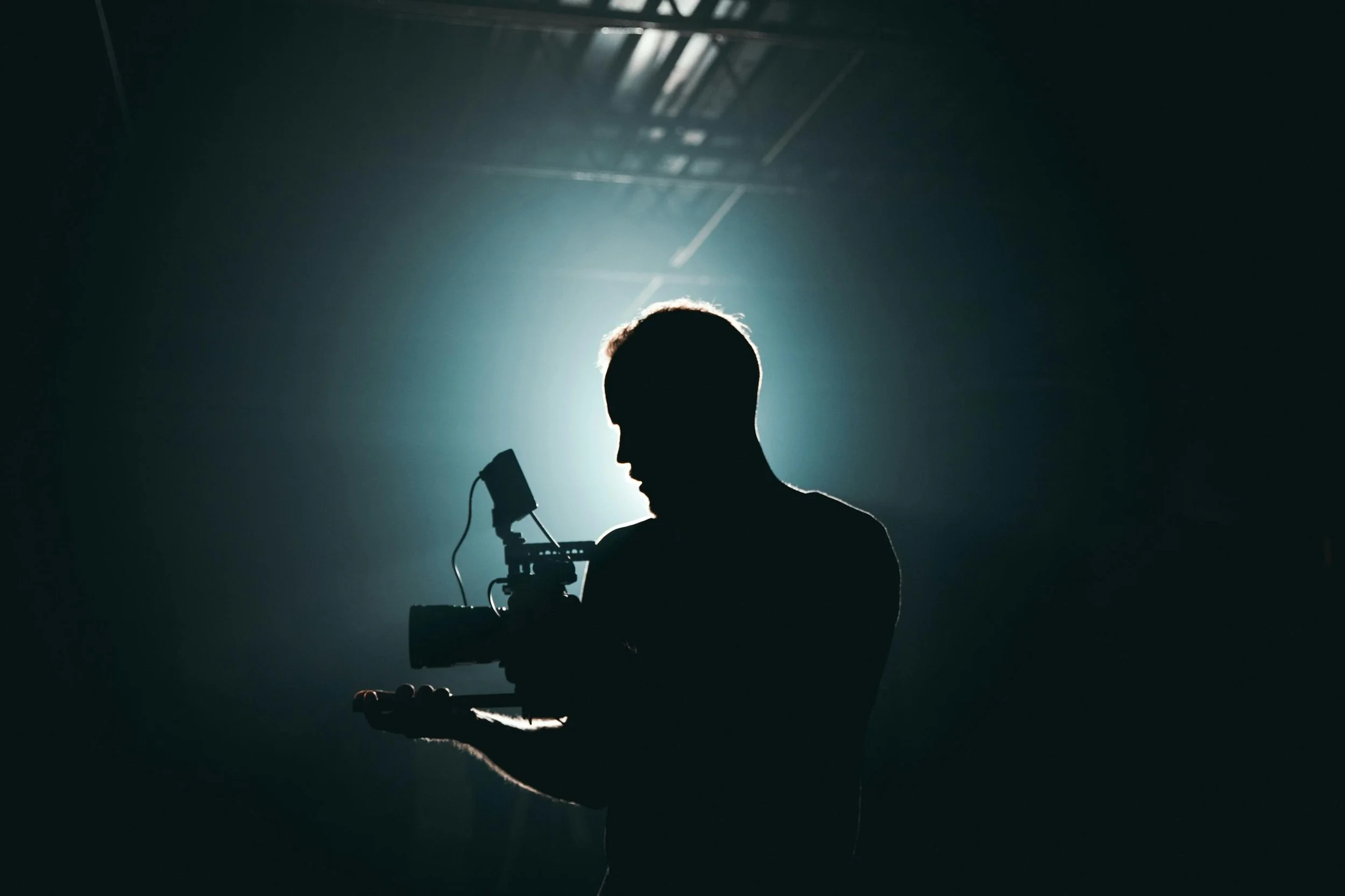THE LOST ART OF MUSIC VIDEOS
In the golden years of YouTube, music videos symbolized pop stardom, but today, that time feels far removed. While music videos still technically exist within the pop framework, key cultural markers like superstar rollouts are muted, view count tactics seem to be decreasing, and people are maxing out their attention spans in 15-second clips.
What was once the gold standard, blockbuster music videos, were the standard for front page news and continued to amass an unfathomable amount of stats. Luis Fonsi's Despacito was a paradigm shift with over 8 billion views on YouTube in 2017, Katy Perry's Roar is a closely contested 3.9 billion, and a perennial favourite, Mark Ronson's Uptown Funk is still 5.1 billion. In 2025, however, not the case anymore. While pop titans such as Beyoncé and Drake continue to thrive, they have ditched the full video experience altogether and when they do release a video, it does not command the full cultural experience that the originals used to.
The spectacle has been replaced with streaming. Rollouts in prior decades consisted of songs routinely premiering on YouTube and radio, but now the "song of the summer" now exclusively lives in Spotify playlists or algorithmically fed snippets without visual realities. The listener doesn't even have to see it anymore, they simply just have to hit play.
However, there are a few pockets of pop that still hold music video reverence. Reggaeton and Latin artists are still able to thrive on YouTube, as the platform has firmly established a strong hold in popular culture in every medium in these areas, particularly since the rise of mobile devices and streaming apps has only begun to proliferate. Similarly, K-pop continues to dominate choreography and visuals, as evidenced by BTS's Butter accruing 108 million views in 24 hours, an impossible task in today's Western market.
Meanwhile, North America continues to see music videos, if they are even released, with increasingly smaller budgets and noticeable drops in quality. The formal stylistic grandiosity embodied by Hype Williams in the 2000s is increasingly replaced with TikTok teasers and highlight reels. For everything we have lost in a superficial identity, we are reclaiming quality in creative presentation. While mainstream and major label artists retreat back to a safer space, creative indie bands are quietly becoming the new visual auteurs with risky, narrative-driven videos.
The impact is more than simply an a-rythmic algorithm, it is sentimental for fans of music. As songs get shorter, albums get more obscure, and everything is adapting optimally for a scrolling format. If music videos can maintain one more leg of emotional interaction in music, it usually becomes one of the only places in the experience where there is an expansion. Where story matters.
I am hopeful in a future where I can still relive those moments as a kid watching Katy Perry music videos on the family computer from midnight to sunrise, and I think the transition from hope to confidence begins when we begin to advocate for their resurgence to record labels.

